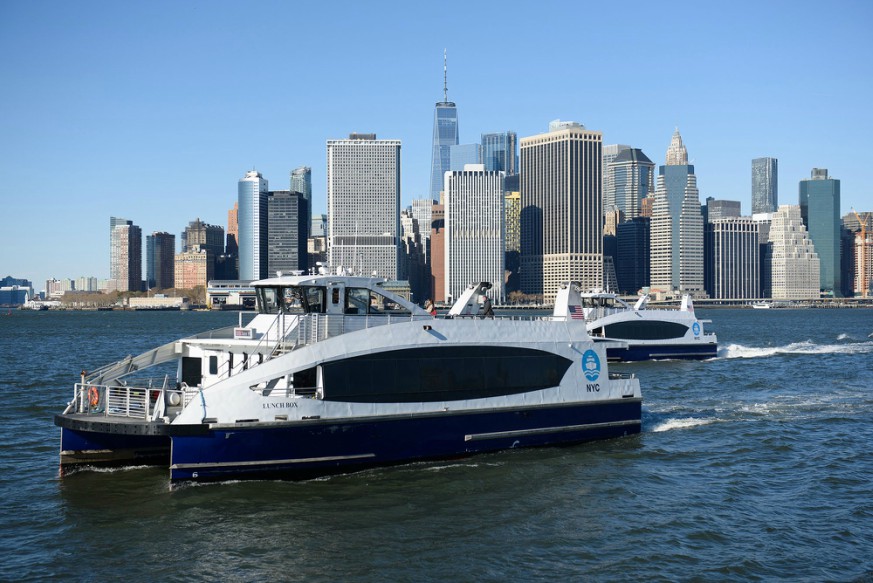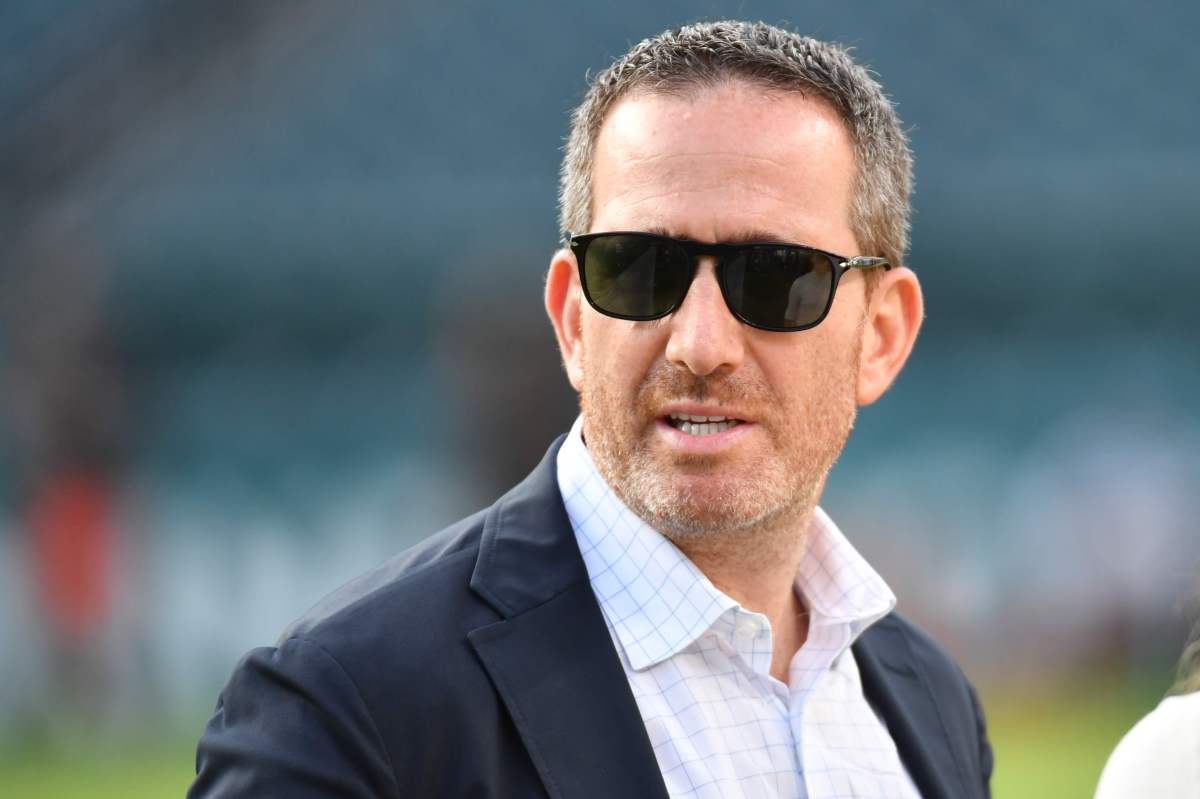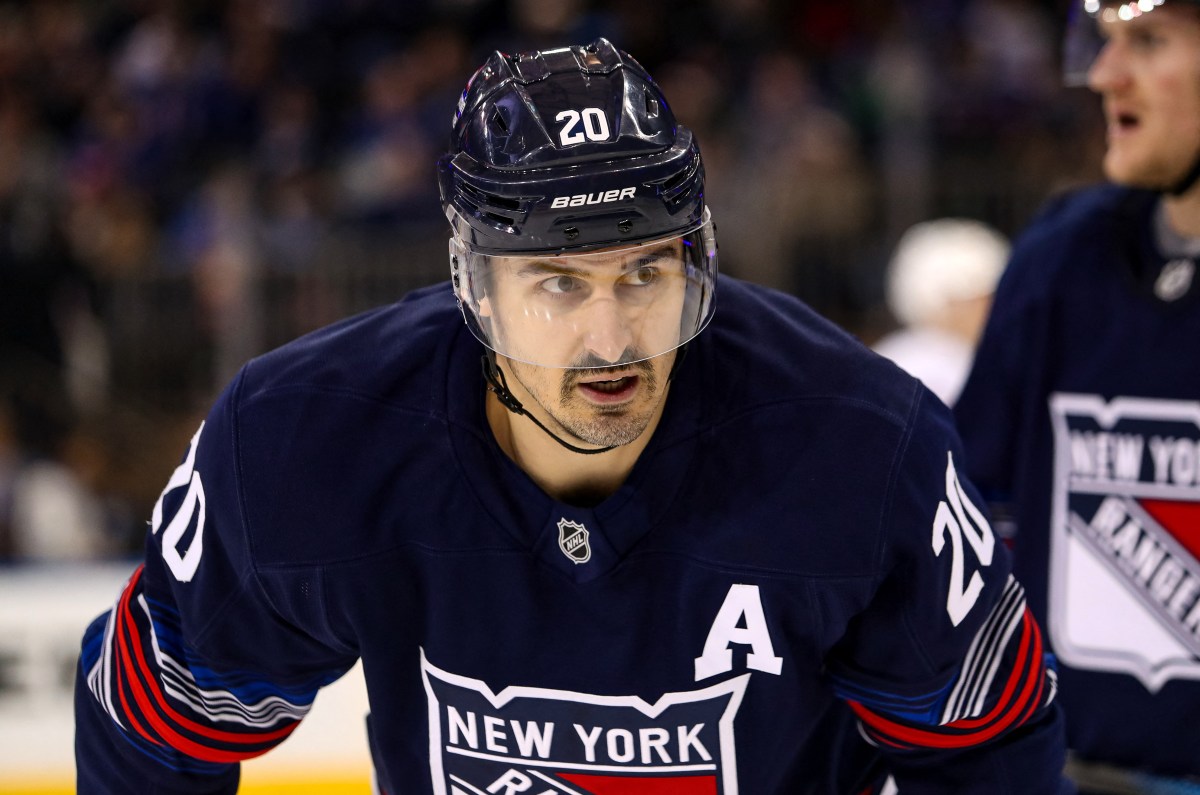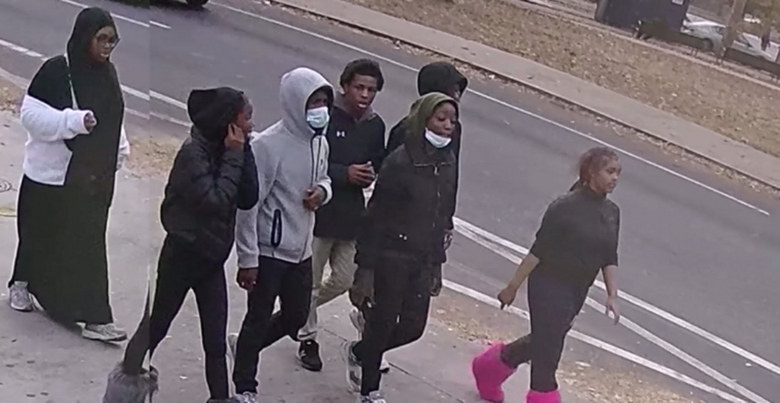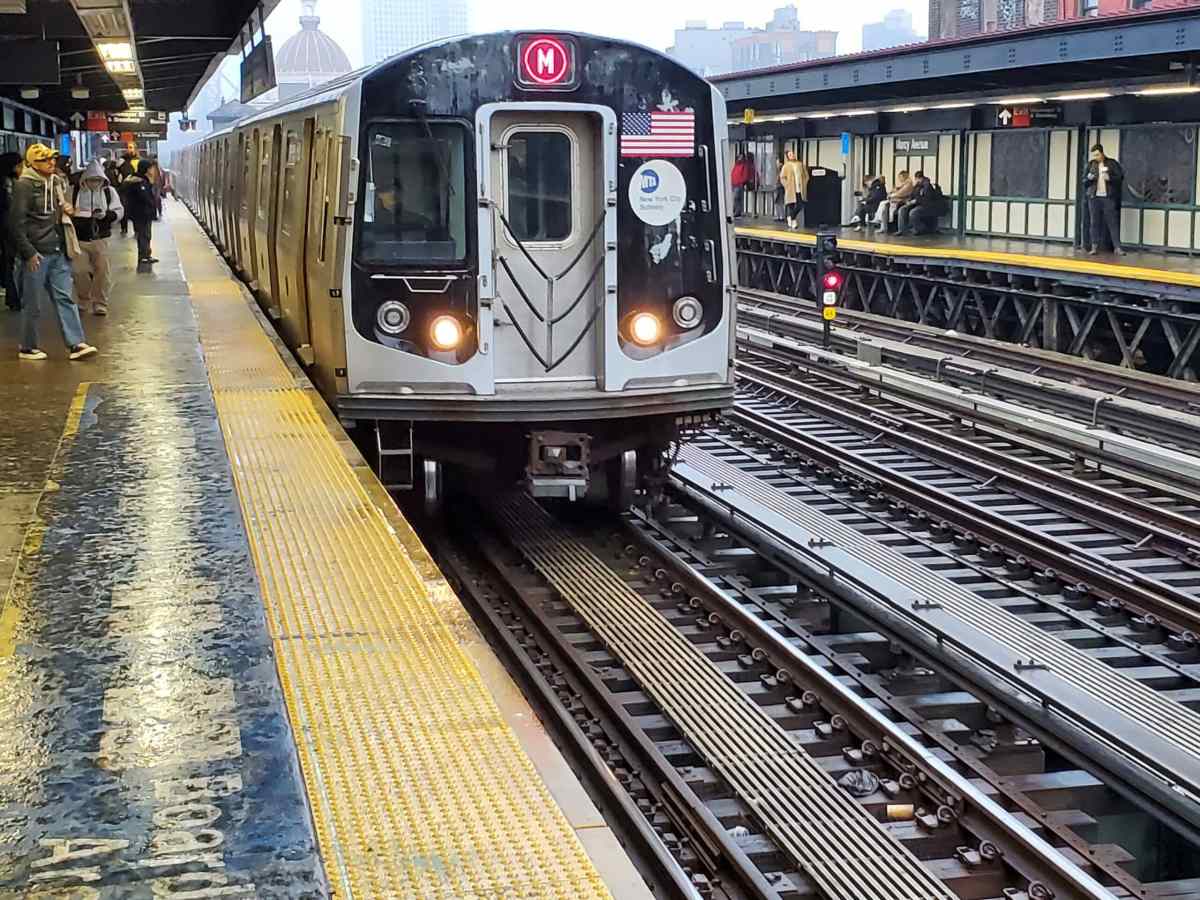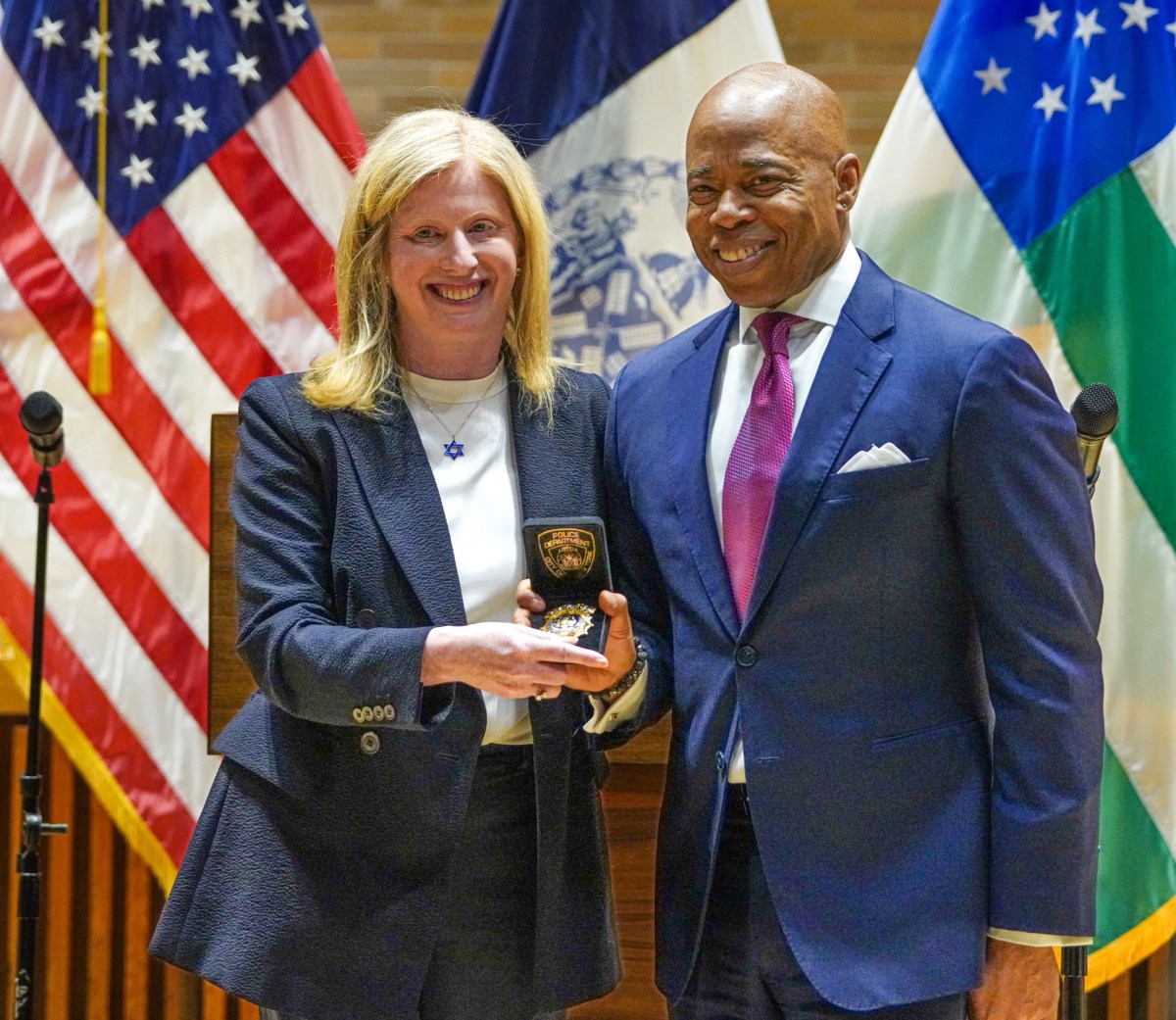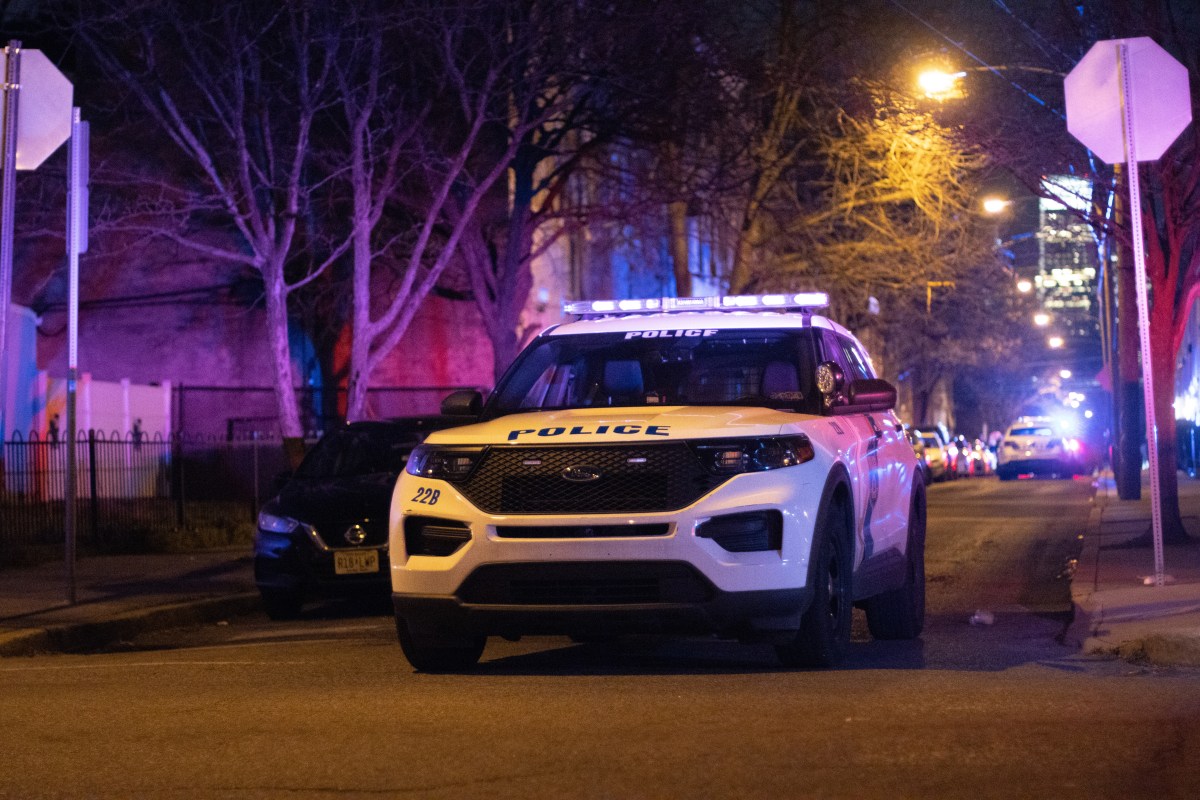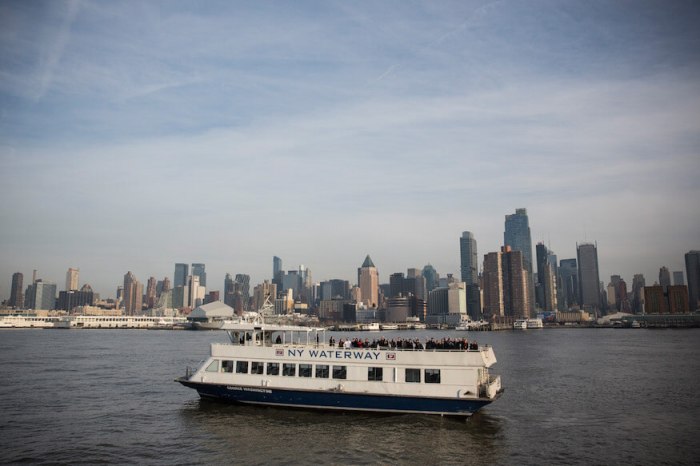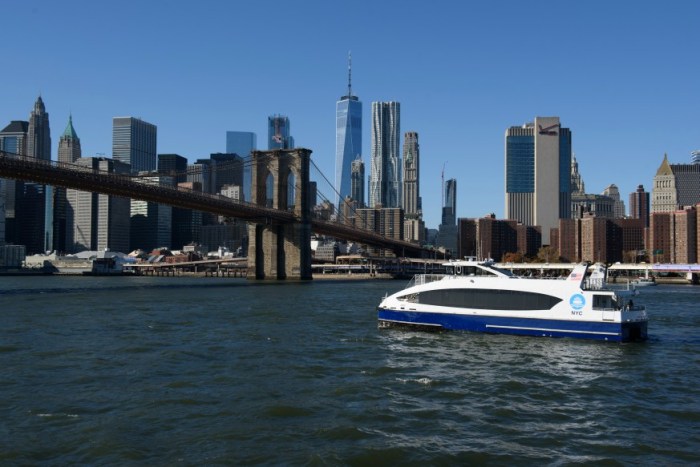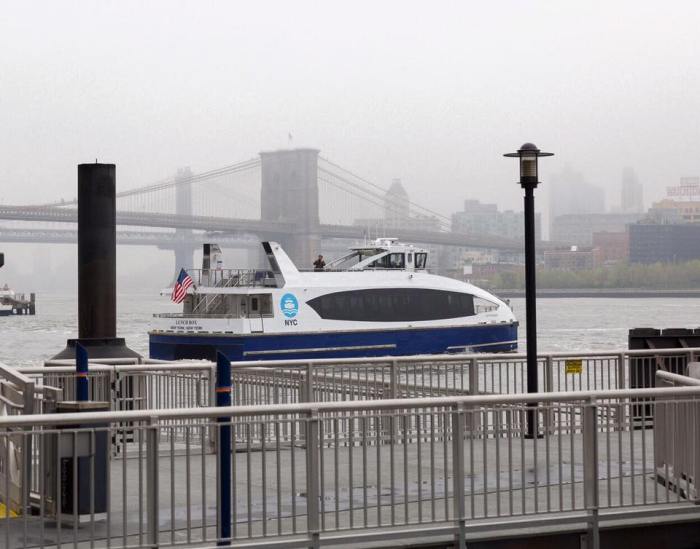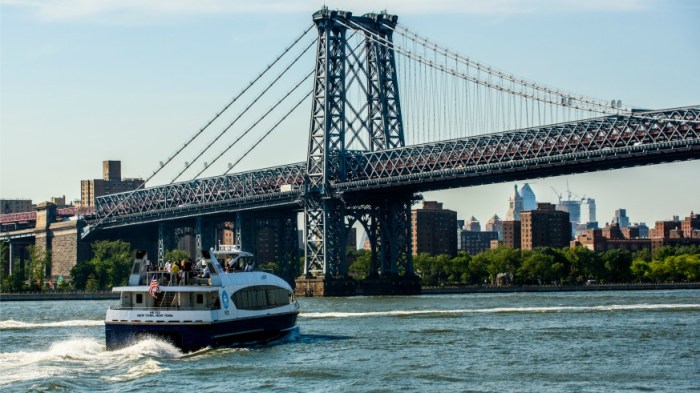The NYC Ferry on Wednesday launched on the Lower East Side, the sixth and final route of the service’s initial rollout that began in May 2017.
The new route of the Hornblower-operated service enables New Yorkers to travel from Long Island City to East 34th Street, Stuyvesant Cove, Corlears Hook and Pier 11/Wall Street in about 32 minutes. They can also transfer for free at East 34th Street or Wall Street for NYC Ferry service to the Bronx, Astoria, South Brooklyn and Rockaway.
“NYC Ferries have turned the East River, which once divided New Yorkers, into a point of connection — and are helping us build a fairer city for all,” Mayor Bill de Blasio said.
While the Lower East Side launch is a welcome option for residents, it’s also exciting for the NYC Ferry team, who “is really able to take a breath now after the herculean effort to launch this system,” Senior Vice President Cameron Clark told Metro. “They’re able to really see the fruits of their labor, and it really reaffirms the long days and nights.”
Since its launch 15 months ago, the NYC Ferry has served six million riders and now includes two new higher-capacity vessels to meet ridership demands with four others arriving by next summer.
From the start, Clark was optimistic that “’if you build it, they will come,’ and people would want to use it,” he said.
When will NYC Ferry sail on the Hudson River?
 The NYC Ferry has given countless New Yorkers from the Bronx to Rockaway a whole new way to commute via the East River, but what about those who live on the Hudson River side of the city?
The NYC Ferry has given countless New Yorkers from the Bronx to Rockaway a whole new way to commute via the East River, but what about those who live on the Hudson River side of the city?
“We’re going to continue to pursue which other locations and stops make sense,” Clark said. “Our team is going to be busy on working with the community to understand where to go next.”
Adds James Patchett, president and CEO of the NYC Economic Development Corporation, “The Lower East Side route is the last NYC Ferry line to launch in 2018, and the start of shorter commutes and more opportunities for New Yorkers across the city. We are proud to have delivered a transit system to dozens of communities that have long been underserved and look forward to exploring ways to expand the network.”

